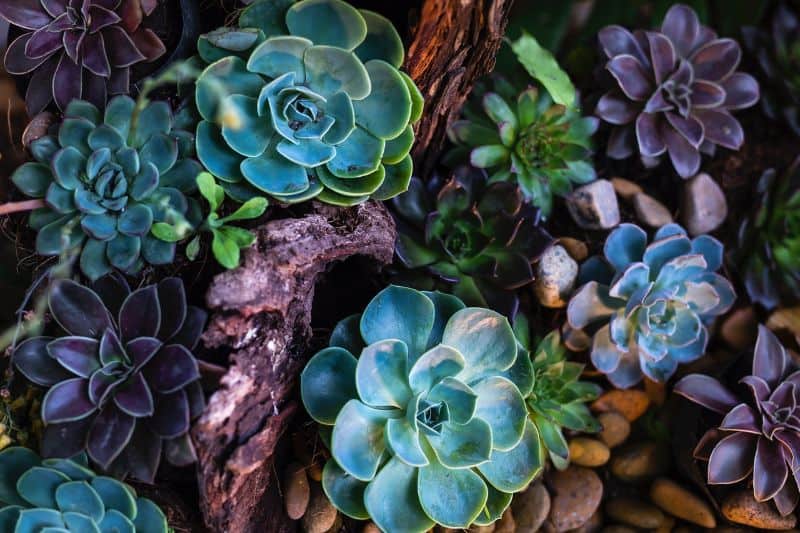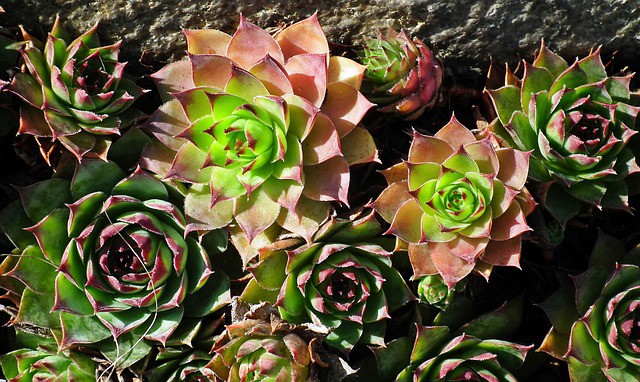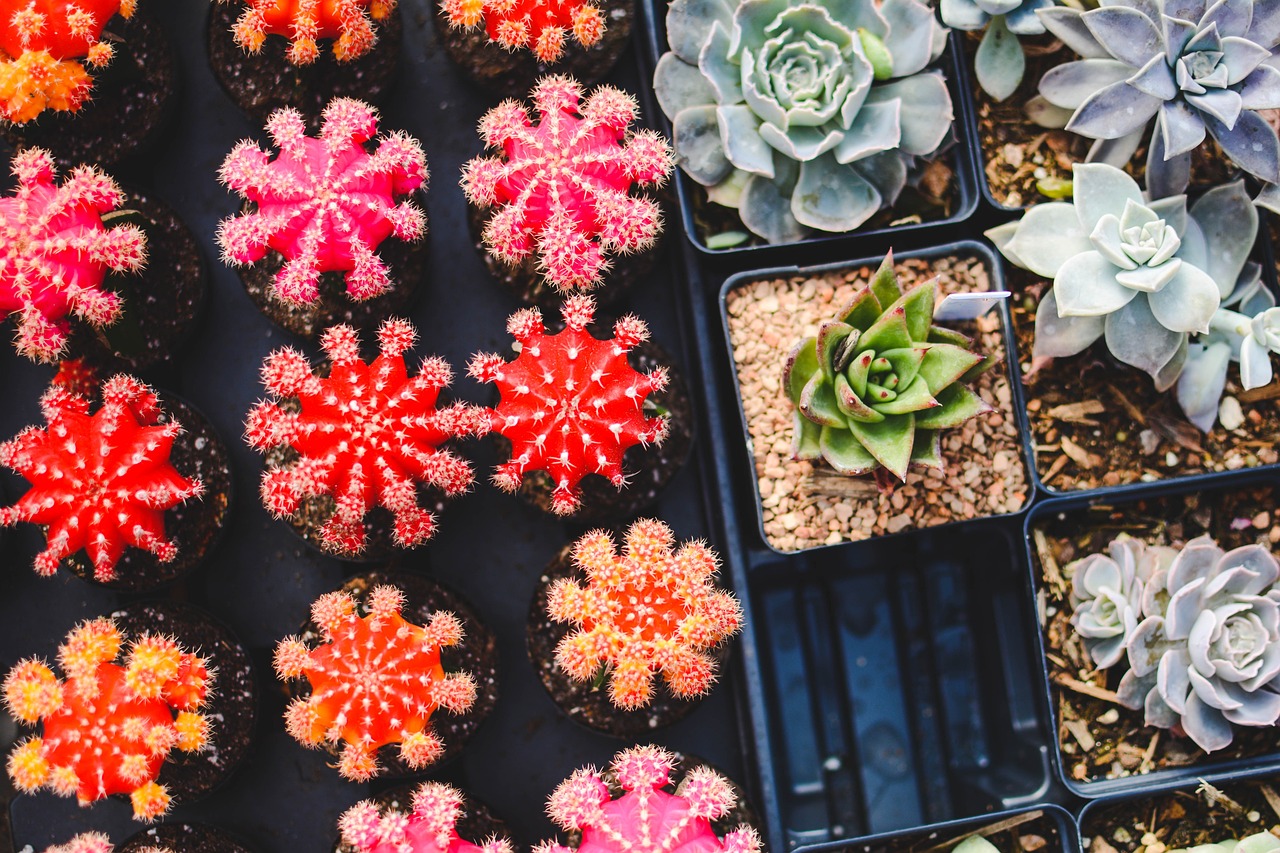. If you’re wondering how to propagate succulents successfully, you’ve come to the right place. Here’s a comprehensive guide with tips and techniques to help you grow new lush plants from your existing collection.
Understanding Succulent Propagation
Propagation is the process of creating new plants from existing ones. Succulents, which store water in their leaves, stems, or roots, can be propagated through several methods, most commonly through leaf cuttings, stem cuttings, and offsets. Each method has its own nuances, but the principles remain similar—provide the right environment and care, and your succulents will thrive.
Choosing the Right Succulent

Not all succulents are equally easy to propagate. The best candidates for propagation include:
Echeveria: These rosette-shaped succulents are popular and easy to propagate from leaves or offsets.
Sedum: Certain varieties of sedum, like Sedum morganianum (Burro’s Tail), are simple to grow from cuttings.
Aloe Vera: Known for its healing properties, Aloe can be propagated from offsets or ‘pups’ that grow at its base.
Jade Plant (Crassula ovata): This classic succulent can be propagated via stem cuttings, making it a top choice for beginners.
Methods of Propagation
1. Leaf Cuttings
One of the most popular methods, leaf propagation, involves carefully detaching a leaf from the parent plant.
How To:
Gently twist or cut a healthy leaf from the stem of the succulent. Ensure there’s no damage to the leaf itself; a clean cut is essential.
Allow the leaf to callous over for a day or two before placing it on moist soil. This prevents rot.
Place the leaf on the soil surface without burying it. Water sparingly until roots and new growth form.
Tips: Using well-draining soil is crucial as succulents are prone to root rot. A cactus or succulent mix works beautifully.
2. Stem Cuttings
For larger succulents, stem cuttings can be an effective approach.
How To:
Cut a healthy stem using sterilized scissors. Ideally, the cutting should be several inches long.
Let the cutting callous over for a few days.
Plant the cutting in a pot filled with well-draining soil, burying it about an inch deep.
Water lightly, allowing the soil to dry out between watering.
Tips: For maximum growth, keep your cuttings in bright but indirect sunlight.
3. Offsets
Some succulents naturally produce offsets, or “pups,” which are small clones at the base of the parent plant.
How To:
Gently separate the offsets from the main plant using clean scissors or by hand.
Allow the offsets to callous for a day before planting them in soil.
Treat them like mature plants, watering when the soil dries out.
Tips: Offsets are usually more resilient than cuttings since they already have roots.
Ideal Conditions for Propagation

Creating the perfect environment is vital for successful propagation. Here are some conditions to monitor:
Light: Succulents thrive in bright light but avoid direct sun for new cuttings, which can scorch them. A bright window with filtered light is ideal.
Temperature: Ideal temperatures are between 65-80°F (18-27°C). Keep your propagation setup away from drafts and extreme temperatures.
Humidity: Succulents prefer low humidity levels. Avoid keeping new plants in overly humid spaces like baths or kitchens.
Common Mistakes to Avoid
Overwatering: The most common mistake is to water too often. New cuttings need only minimal moisture to start rooting.
Not Allowing Callusing: Skipping the callus formation can lead to rot. Always let cuttings dry for a couple of days before planting.
Using Poor Quality Soil: Regular potting soil retains too much moisture. Always opt for a cactus or succulent mix to ensure proper drainage.
Conclusion
With the right techniques and conditions, propagating succulents can become an enjoyable and rewarding hobby. It allows you to expand your green family and share your passion with others. Remember to be patient—propagation can take time, but the result is worth the wait. Whether through leaf cuttings, stem cuttings, or offsets, getting more of these lovely plants.





